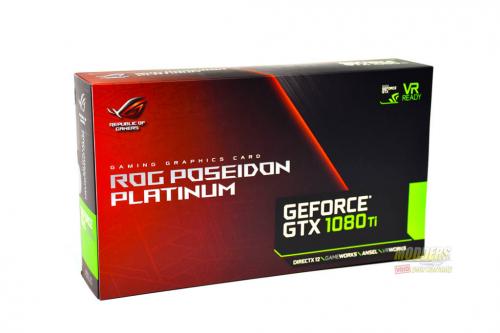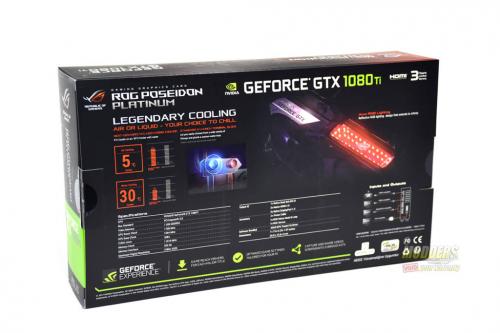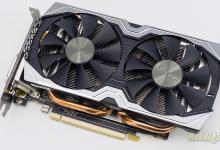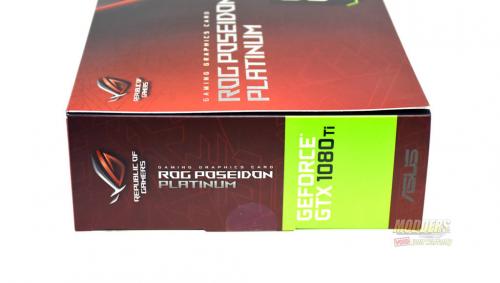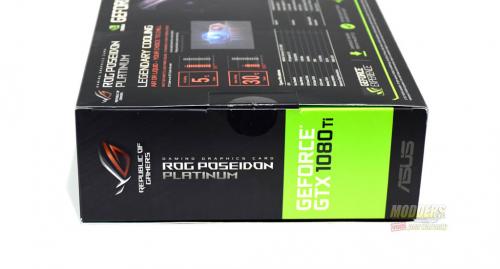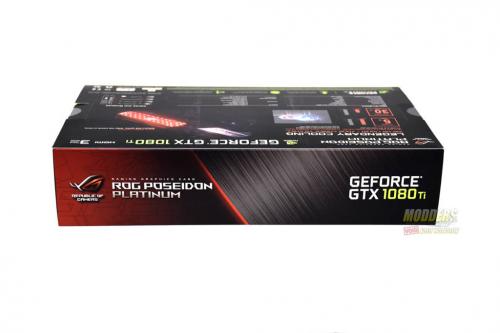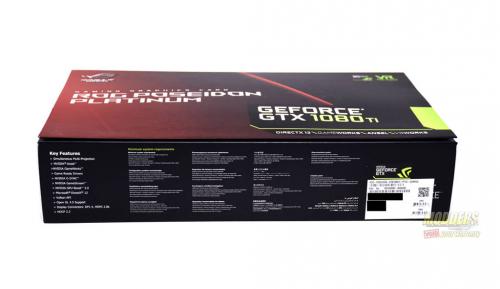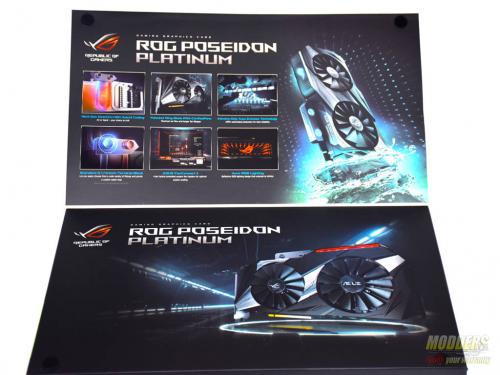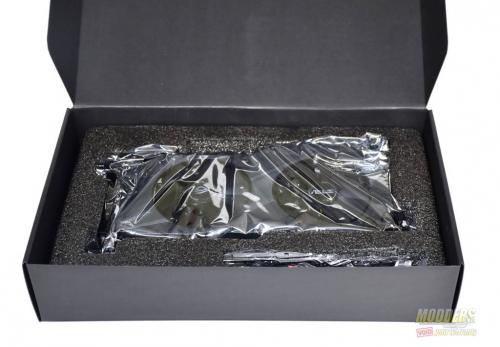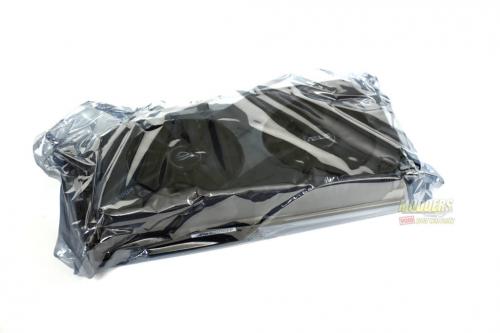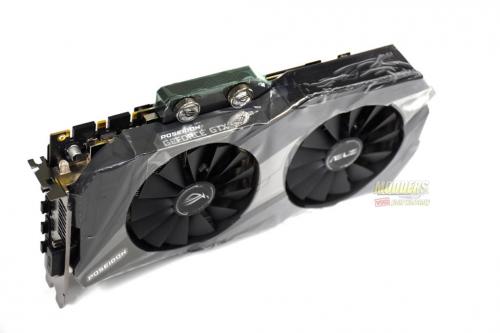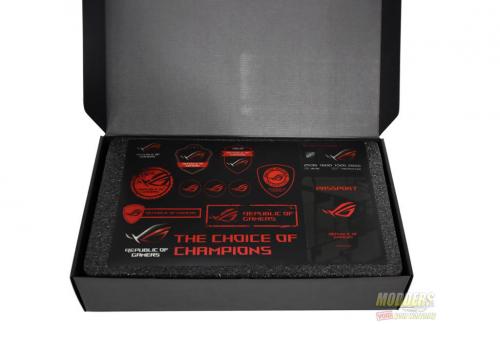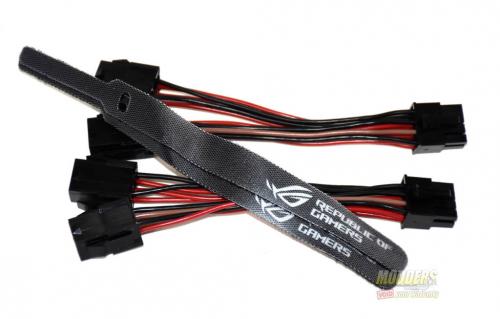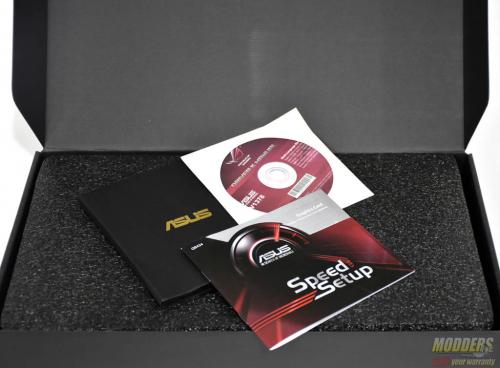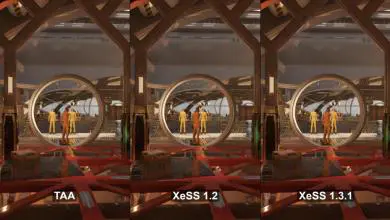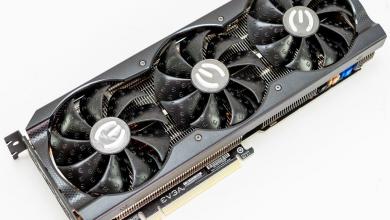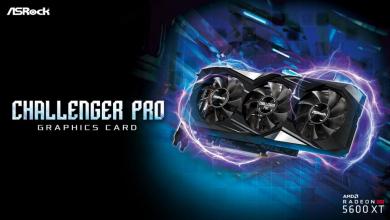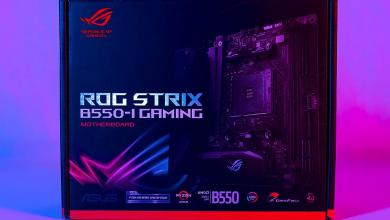ASUS ROG Poseidon GTX 1080 Ti 11G Video Card Review
The God of the Sea's water cooling weapon
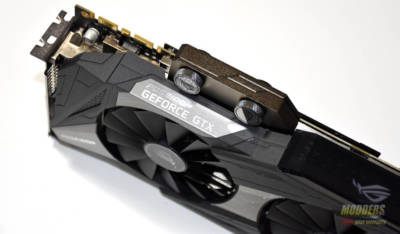
Since its launch in May of 2016, Nvidia has produced nine different models with the Pascal architecture. These range from the recently released GT 1030, to the Titan X and Titan XP. That just covers the GeForce cards. However, no card was more anticipated than the GTX 1080 Ti. This is due to the GTX 980 Ti performing so close to the Maxwell Titan X, but at a much lower cost, and the potential for the 1080 Ti to do the same as its 900-series counterpart.
When Nvidia launched the Founder’s Edition GTX 1080 Ti, the enthusiast community got what it had been waiting for, and then some. The GTX 1080 Ti did just what we had hoped. It lived up to the expectations of the community. We all know that shortly after the release of the reference cards, come the board partners with custom PCB’s and coolers.
I have tested several different 1080 Ti models. However, no card had me as excited as the Poseidon 1080 Ti and the possibility for what ASUS could do with this generation of the Poseidon. Especially after having owned both the Poseidon 980 and 980 Ti. Not only did the card get a new design and color scheme, but the built-in water block is completely revamped for the new generation. So, are the improvements only cosmetic? Or will the Poseidon 1080 Ti live up to the Republic of Gamers name?
Packaging
The Poseidon 1080 Ti comes packed in a standard size graphics card box. The colors are the classic ROG colors. The box is predominantly red, with silver lettering. In the top left-hand corner, we see the distinctive ROG eye logo, with the Republic of Gamers printed below. To the right, there is the GeForce GTX logo alongside the “VR ready” stamp of approval. In the center, the ROG Poseidon Platinum branding is printed in large, platinum lettering. The GeForce GTX logo and 1080 Ti branding take up the bottom right quarter of the box.
The rear of the packaging contains a lot of information on the card. There are two charts that compare the Poseidon to the reference 1080 Ti both on air and on water. There is also a depiction of the infinity mirror on the side of the card. Along the bottom are the specifications of the card and a diagram of the inputs on the card.
The left and right side of the box are the same. The each have the ROG eye logo on the top. Next is the Poseidon Platinum branding. Last is the GeForce GTX logo, 1080 Ti branding and the ASUS logo on the very bottom. The top of the box also has the ROG eye logo and Poseidon Platinum branding to the left. On the right is the GeForce GTX logo, 1080 Ti branding. The bottom a list of key features and minimum system requirements. The requirements are listed in several languages. The bottom is also where you find the UPC code, model and serial numbers. The top of the box has a flap.
The card comes wrapped in an anti-static bag and encased in protective, soft foam. The card is very well protected for shipping and storage. I love that GPU makers are packing cards in soft foam as opposed to the old plastic clam shell packaging. The foam offers better protection during shipping. Every inch of the card is covered in a protective plastic film. The front, back, water block and the center of the fans.
Accessories
The Poseidon 1080 Ti comes with ROG branded Velcro straps for cable management. It also comes with 2 dual 6-pin to 8-pin adapters.The inner box has the ASUS logo printed in gold in the center of the box. Inside the box, they have included a sheet of ROG branded stickers in place of a single case badge. Under the sheet of stickers, there is a square envelope with the ASUS logo printed in the center, set into a sheet of soft foam. The envelope contains a driver disk, as well as a quick start guide for the card.
Specifications
| Model | POSEIDON-GTX1080TI-P11G-GAMING |
| Interface | PCI Express 3.0 |
| Core Clock | 1620 MHz (OC mode) 1594 MHz (Gaming mode) |
| CUDA Cores | 3584 |
| Memory Size | 11GB |
| Effective Memory Clock | 11100 MHz (OC mode) 11010 MHz (Gaming mode) |
| Memory Interface | 352-bit |
| Memory Type | GDDR5X |
| Ports | 1 x Dual-link DVI-D 2 x DisplayPort 1.4 2 x HDMI 2.0 |
